Check out the info and videos below
to help you get the most out of your Power Company products!
CIRCUIT TAPE
Designed with skin preservation in mind, Circuit Tape is a breathable, cohesive tape that sticks to itself rather than you, so it works perfectly for chalky, sweaty sessions and won’t leave your skin soft and damp.
Stays put on chalky, sweaty hands. Perspiration does not reduce the cohesive bond.
Pre-tape to save skin, and it’s breathable so it won’t soften your tips.
Each roll is precut to 1/2” wide and contains 10 yds of tape.
Perfect size for carrying on route.
Comes in a reusable container to keep it clean.
Want to learn more about our Circuit Tape? Be sure to check out our blog post by clicking HERE!
To get some tips on taping from Kris himself, check out the video below!
FINGER CARE KIT
Healthy fingers are priority #1 if you want to climb your best.
Combining several tools that are must-haves for finger and forearm care, our Finger Care Kit is conveniently packaged in a Power Company logo linen bag so that you can easily take it with you whether you’re headed to the crag or the gym.
You get:
One Myofascial Release Ball. Smaller than a lacrosse ball to allow you to dig into your forearms better. Roughly the size of a golf ball.
Two Finger Extensor Bands.
Two Finger Acupressure Rings.
Two Finger Sized Voodoo Floss Bands.
Should you explore a new style of climbing, to become more adaptable, or exploit the style you are already well-versed in?
Big moves on boards won’t help you build this skillset that can help boulderers break through common grade plateaus.
Countless climbers believe they are stuck on some grade plateau… but are they really?
It can mean the difference between being plateaued forever and breaking through quickly into harder grades.
Using one simple question, we can continue to progress and move past the common bottlenecks in grading.
How do you know which is right for your situation?
Returning to the common sense of how and why we do this thing should be common practice – but it rarely is.
Starting where you are is an important first step that is often missed.
When should you be growing your skill set and when should you be focused on one aspect of it?
When it comes to projecting, how do you know when to walk away?
Which is better – building a grade pyramid or a tower – and how might one or the other impact your future climbing?
How can we make sure we are getting the right thing – quality or quantity – in our climbing?
There is one single skill that trumps all others when it comes to being able to climb 5.13… do you have it?
The most important skill for sending hard climbs is knowing HOW to send.
Somehow, I didn’t fail. On my 50th birthday, I managed to scrape my way up my one-hundredth 5.13.
Joy Black is a strength and climbing coach specializing in working with pregnant and postpartum climbers.
Three athletes share their unique and ongoing journeys with vision loss and how climbing provides support.
Lucia Li and Noah Steinberg are an up-and-coming climbing power couple who had breakout seasons after training with our Ebook plans.
I don’t set goals so that I can achieve them. I set goals so that I can chase them.
This week we're watching Devotion, a film about Olympian Jakob Schubert, released by Mammut!
Is bringing your phone into the climbing gym worth it? We're conflicted…
This week we're watching Passion, a film about Jonathan Siegrist from Arc'teryx!
Melissa Ruiz has been climbing and competing for six years and recently started climbing outside. To put it lightly, she is stoked.
If we’re always compensating for some weakness or skill we don’t yet have, how will we ever improve?
Despite being constantly present and often the reason we fail, Rhythm is the most underrated of the Atomic Elements of Climbing Movement.

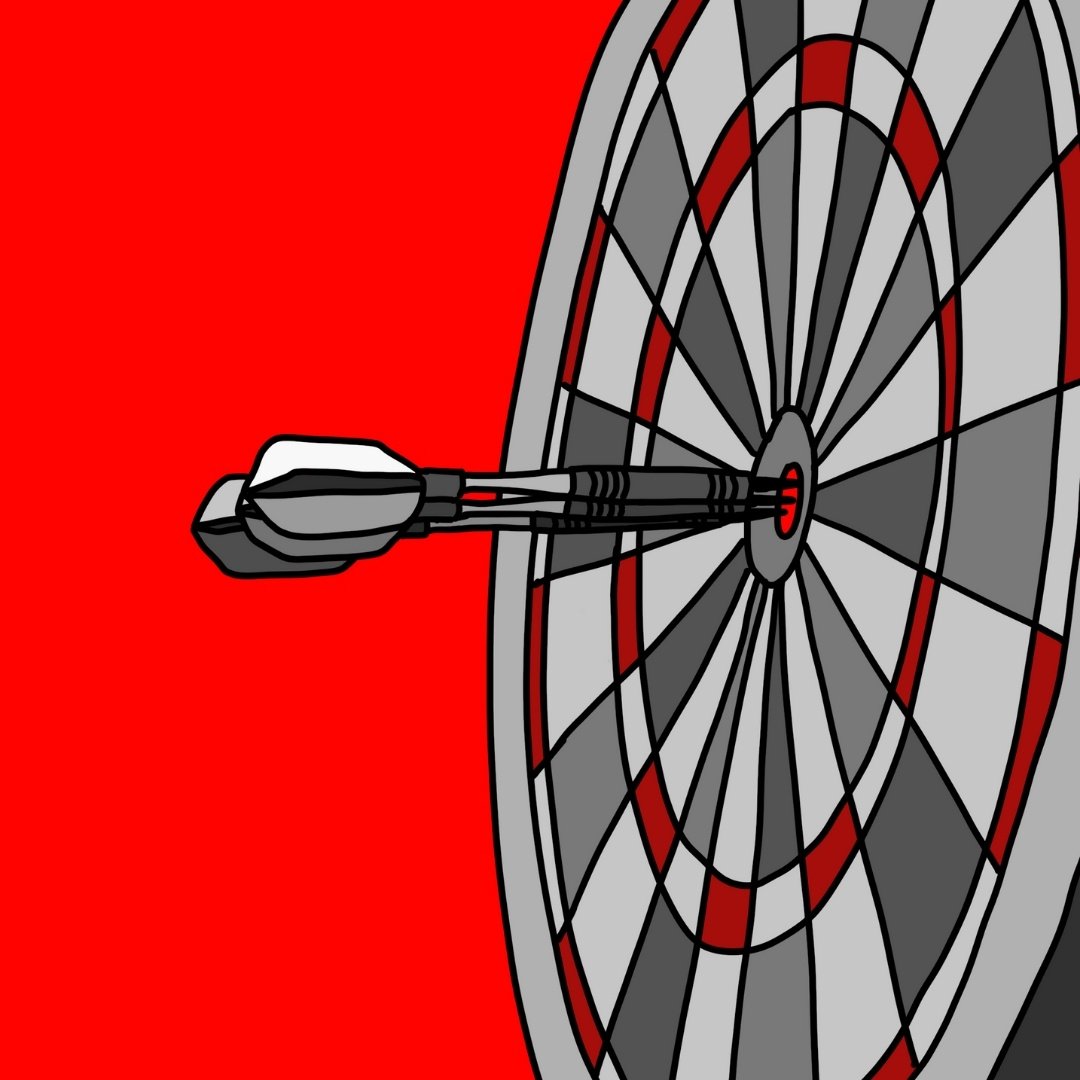


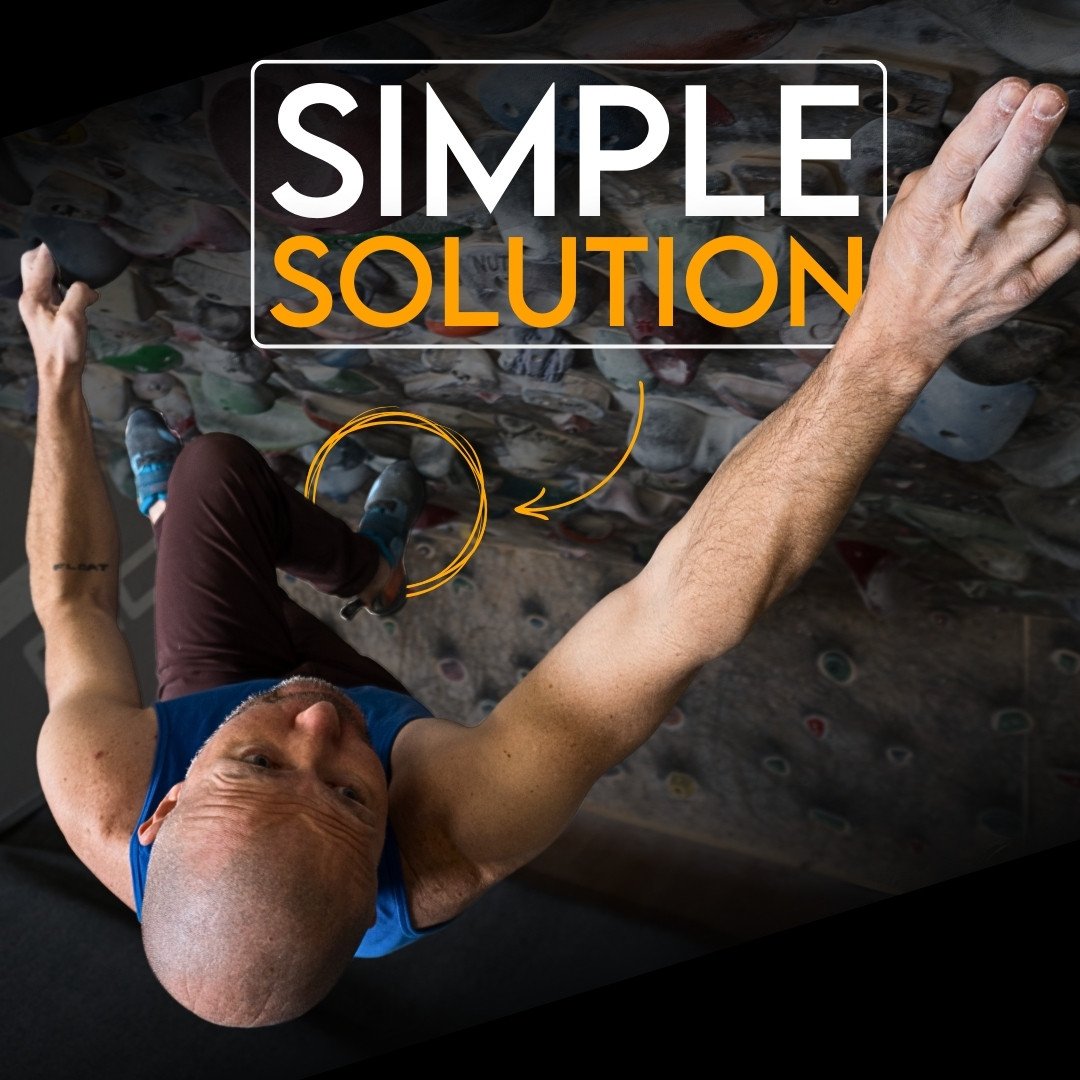

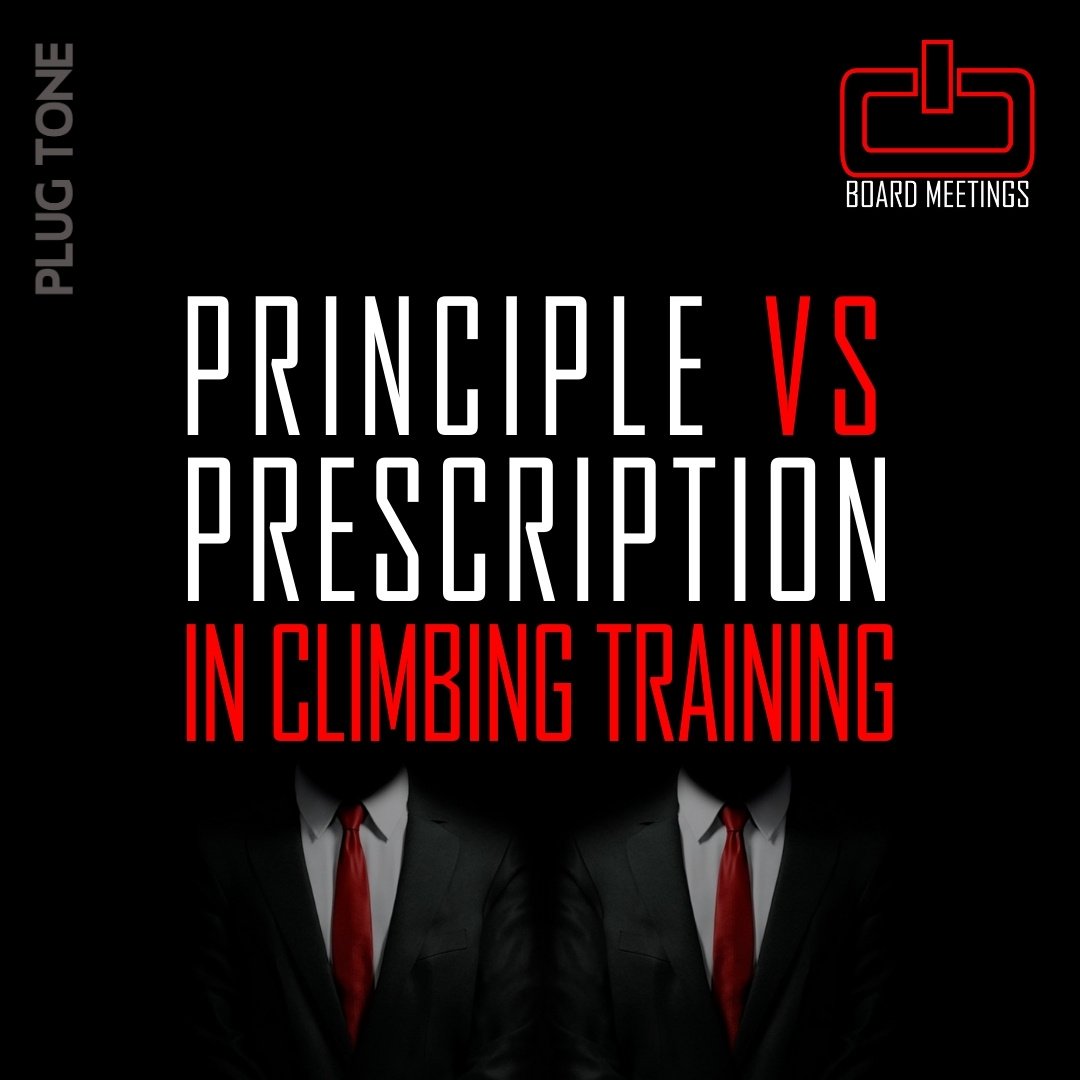






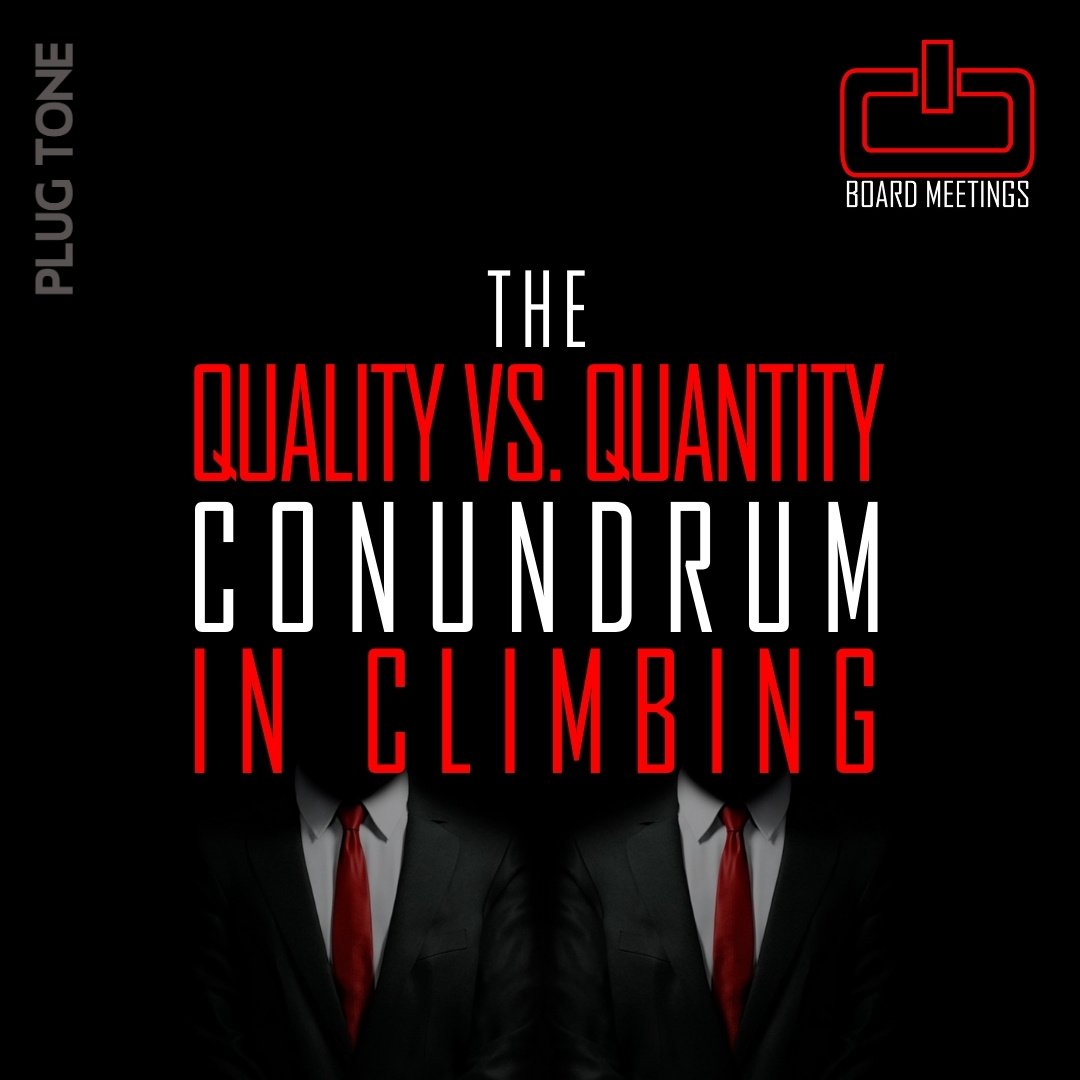




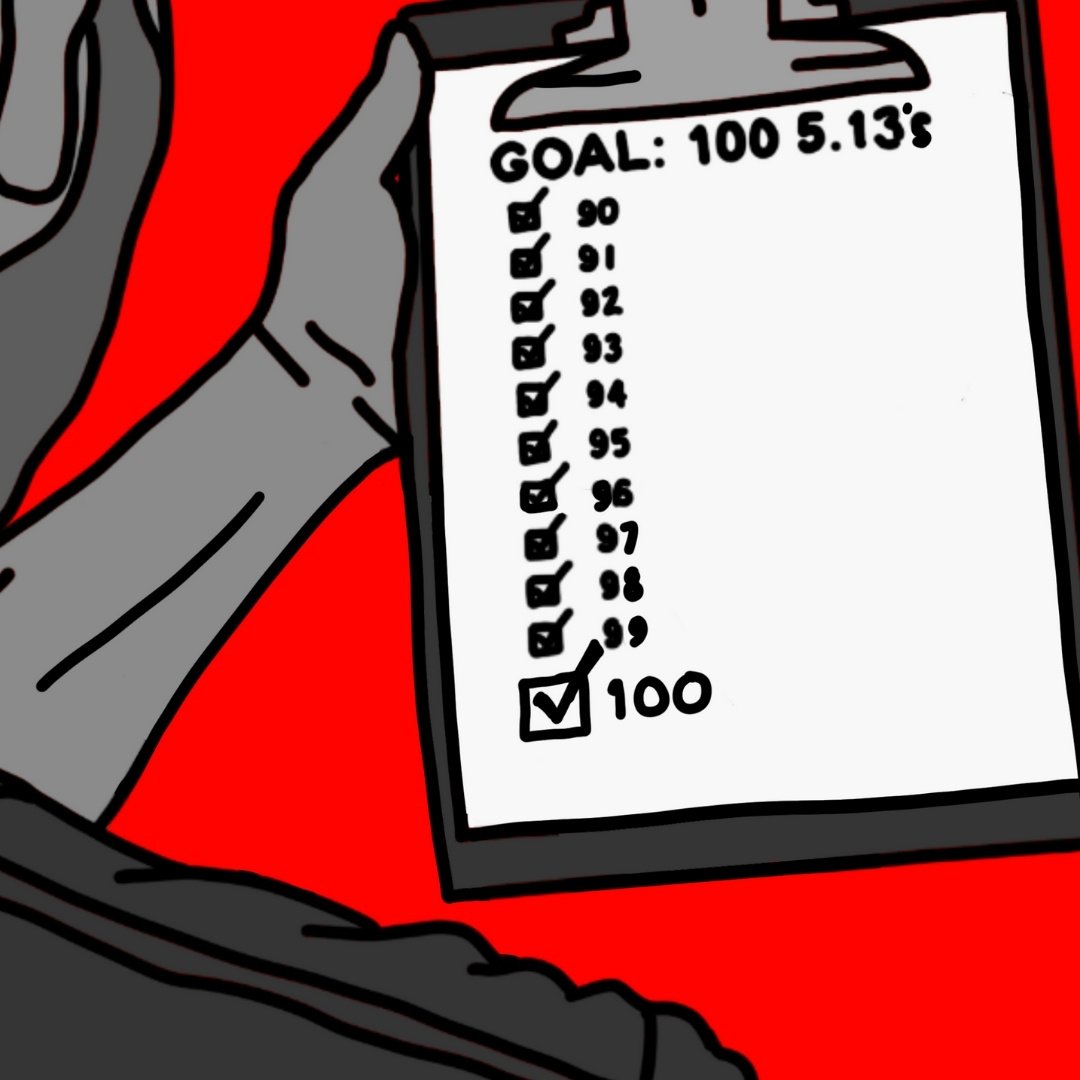






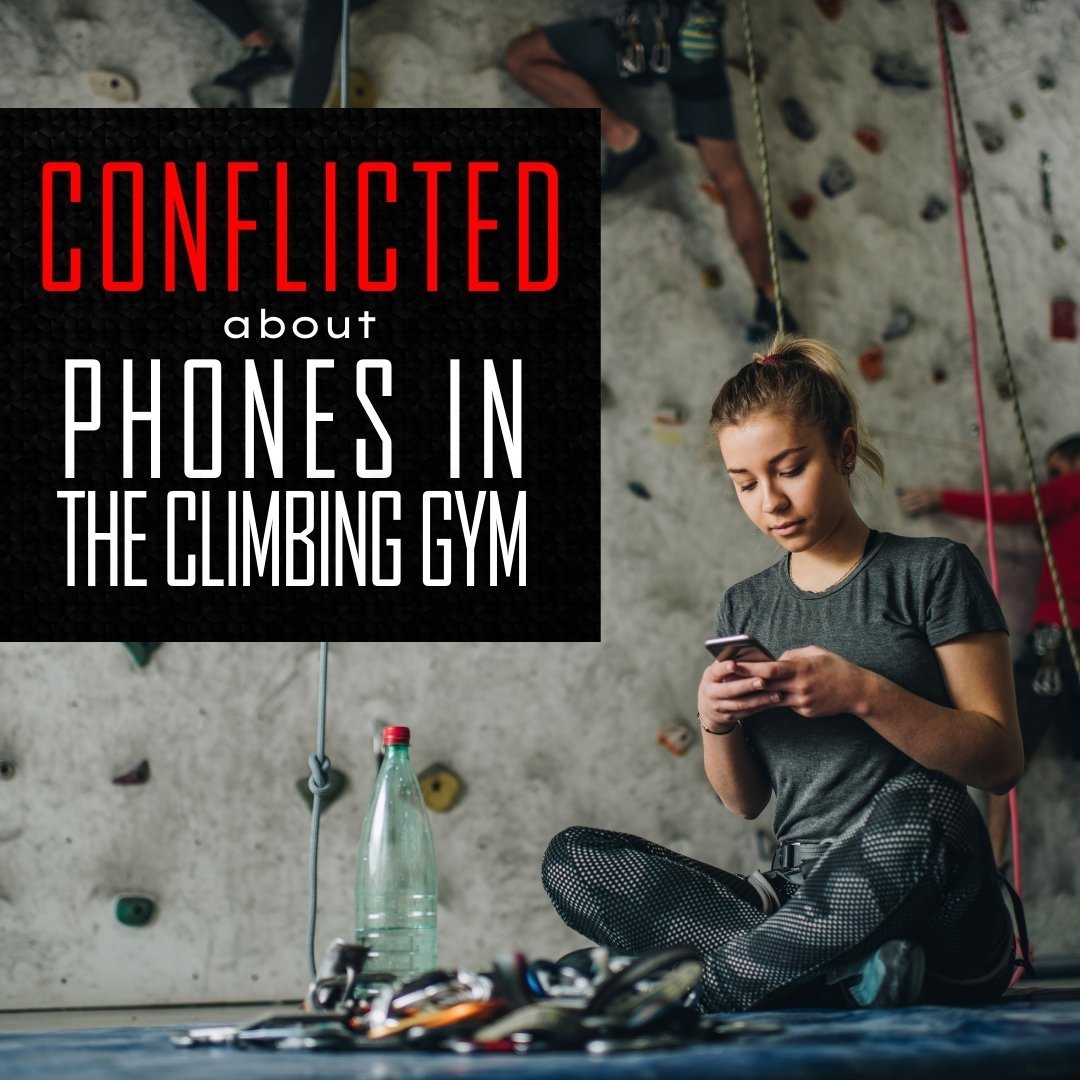



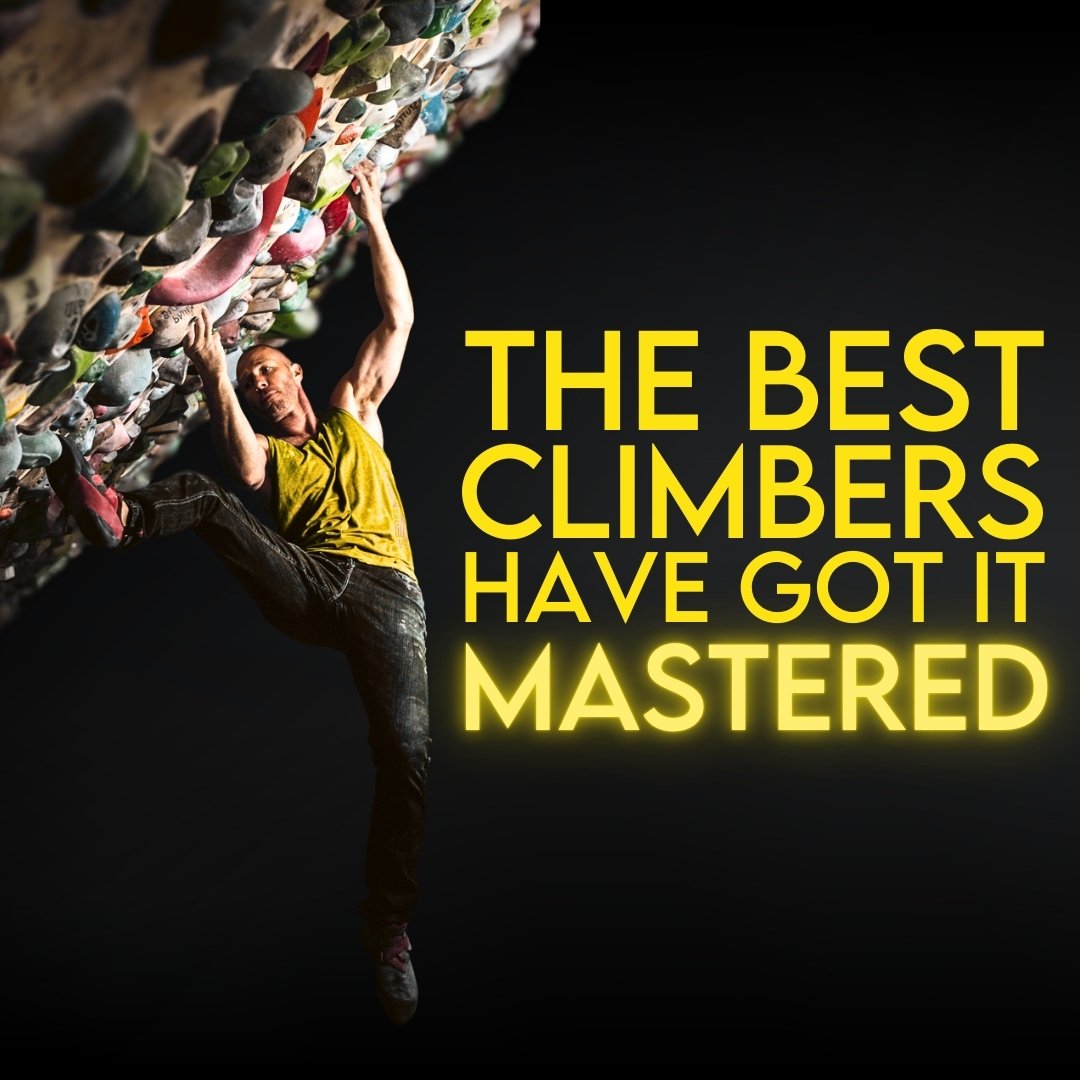
How do you know what a weakness is? Is it just what we think we’re bad at? Based on what?